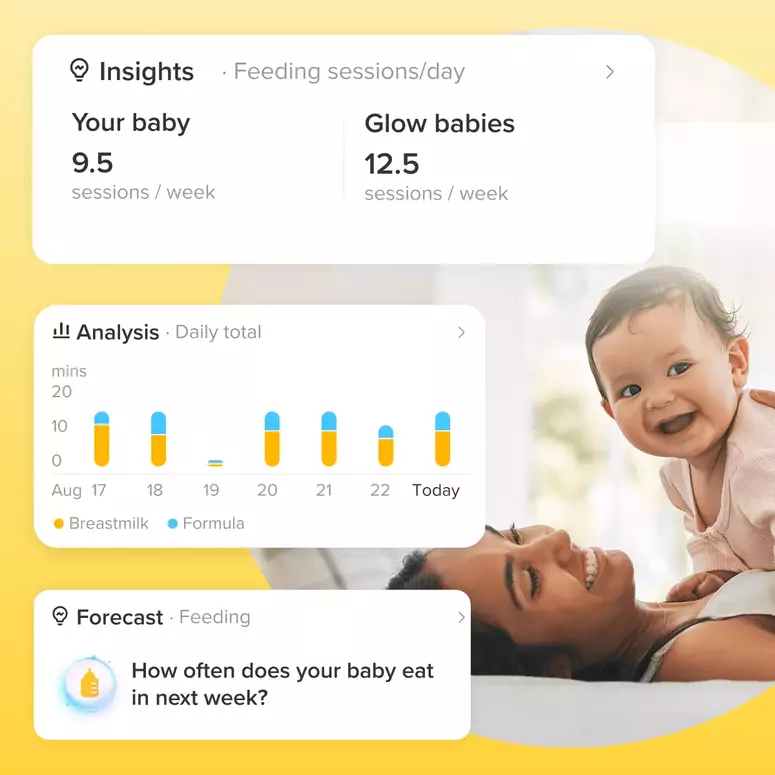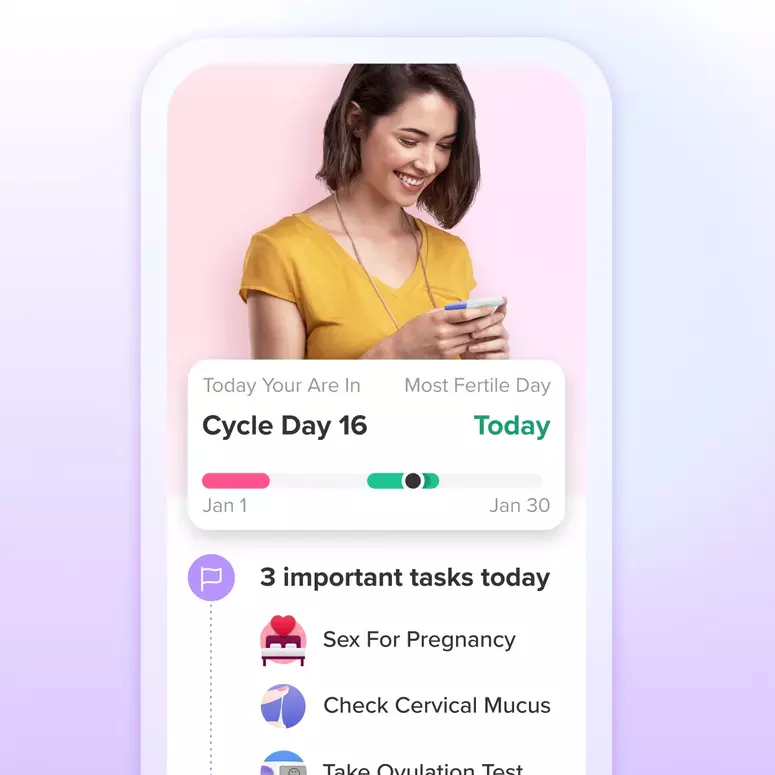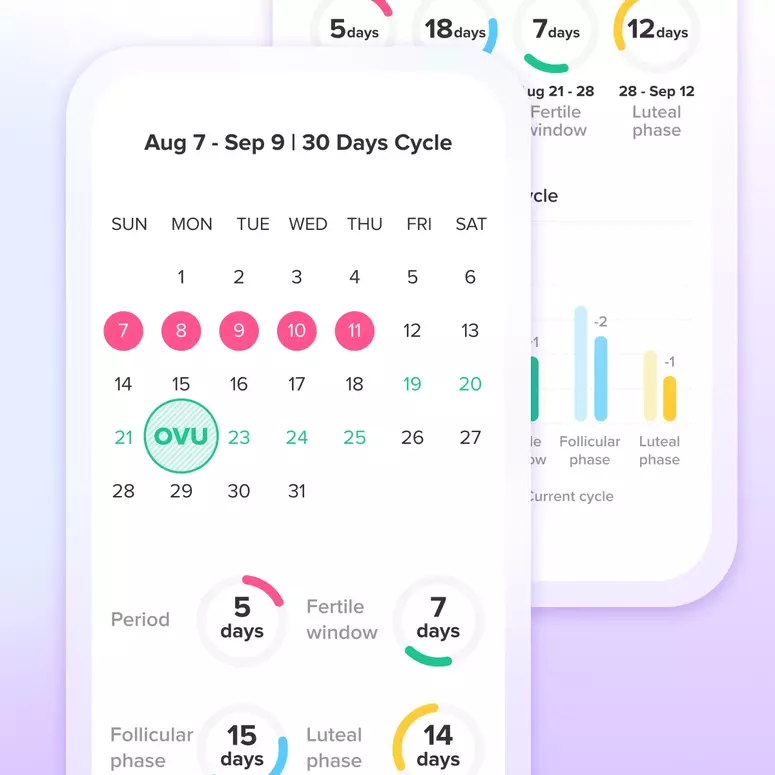The Bystander Effect
For those who don’t know, the bystander effect is the social psychological phenomenon suggesting individuals are less likely to offer help to a victim when other people are present. One of the most notable examples of the phenomenon is listed below. This is the case which sparked psychologists to study deeper into the social side of psychology:
“On Friday, March 13, 1964, 28-year-old Genovese was returning home from work. As she approached her apartment entrance, she was attacked and stabbed by a man later identified as Winston Moseley.
Despite Genovese’s repeated calls for help, none of the dozen or so people in the nearby apartment building who heard her cries called the police to report the incident. The attack first began at 3:20 AM, but it was not until 3:50 AM that someone first contacted police.”
Other experiment have been done since to test the phenomenon under more controlled conditions.
One experiment involved people in a room with the smell of smoke. In one room, there was only one test subject. He reported the smell almost immediately.
In another room, there were several test subjects. As the smell filled the air, some time would pass before someone would finally report it.
In the last experiment, there was only a small group. This group also reported the smell rather quickly but not immediately.
This experiment was done several time with several different test subject. The final analysis came back that in the one person test, there was about a 99% chance the smell was reported. Second group with several subjects, 25% chance. Final group with only a few subjects, 75% chance the smell was reported.
With this information, can you think of a time you may have fell victim to the bystander effect?
With the knowledge of the bystander effect, do you think you’d be more likely now to speak up faster or continue to fall victim?
Let's Glow!
Achieve your health goals from period to parenting.




